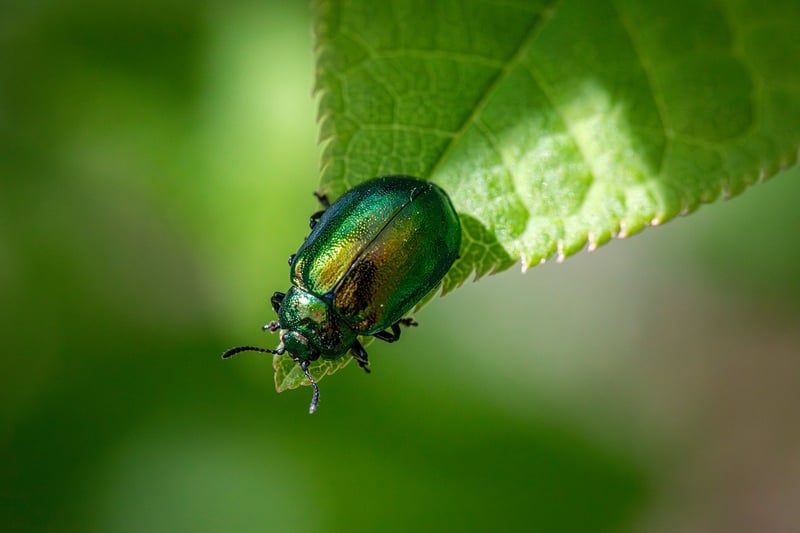Integrated Pest Management
Protecting Plants from Pests with Integrated Pest Management
Keeping your plants healthy and thriving is essential for any gardener or farmer. However, pests can pose a significant threat to your plants, leading to reduced yields and potential crop loss. Integrated Pest Management (IPM) is a sustainable approach to managing pests that combines biological, cultural, physical, and chemical tools in a way that minimizes economic, health, and environmental risks.
Identifying Common Garden Pests
Before implementing pest management strategies, it's crucial to identify the common pests that affect your plants. Some common garden pests include aphids, caterpillars, mites, and beetles. By recognizing the specific pests troubling your plants, you can tailor your pest management approach more effectively.
Implementing Integrated Pest Management Techniques
IPM focuses on prevention first and foremost, emphasizing the use of biological controls such as beneficial insects, cultural practices like crop rotation, physical barriers such as row covers, and the judicious use of pesticides only when necessary. Here are some key components of IPM:
- Monitoring: Regularly inspect your plants for signs of pest damage.
- Cultural Controls: Practices like proper spacing, mulching, and maintaining healthy soil can help plants resist pests.
- Mechanical Controls: Handpicking pests or using traps can be effective for small infestations.
- Biological Controls: Introducing natural predators or parasites to control pest populations.
- Chemical Controls: If pesticides are needed, choose targeted products and apply them according to label instructions.
Benefits of Integrated Pest Management
IPM offers several advantages over traditional pest control methods, including:
- Reduced pesticide use, minimizing environmental impact.
- Protection of beneficial insects and pollinators.
- Cost-effectiveness in the long term.
- Minimized pesticide resistance in pest populations.
- Promotion of overall plant and soil health.
Conclusion
By adopting Integrated Pest Management practices in your garden or farm, you can protect your plants from pests while promoting a healthy and sustainable environment. Remember to monitor your plants regularly, employ a combination of pest control methods, and prioritize prevention to ensure long-term success.

For more information on Integrated Pest Management strategies, visit EPA's Integrated Pest Management page.
